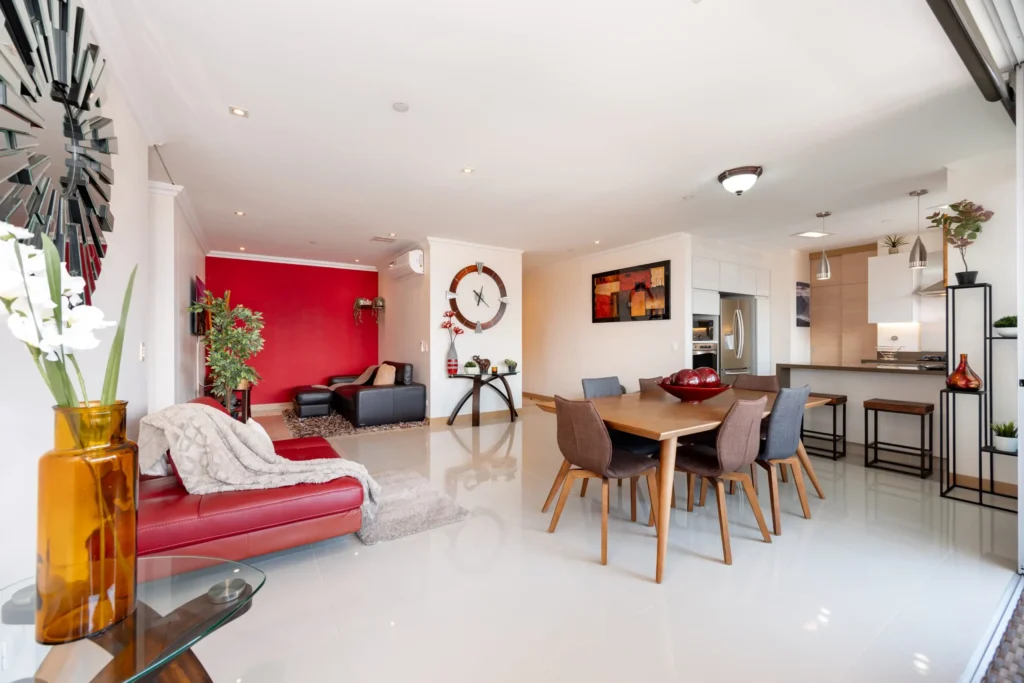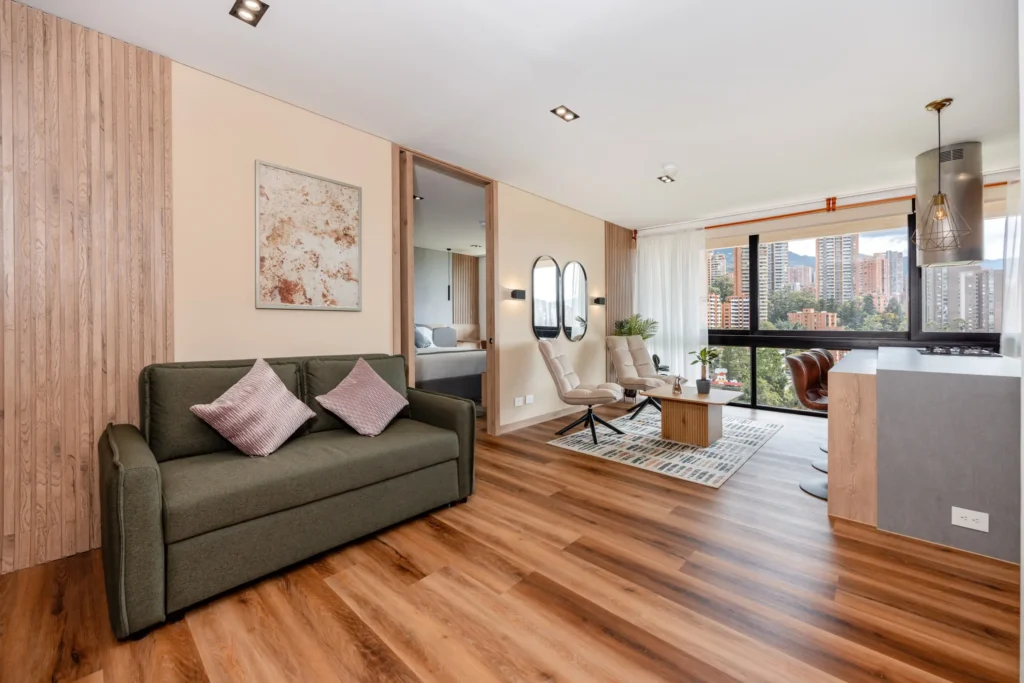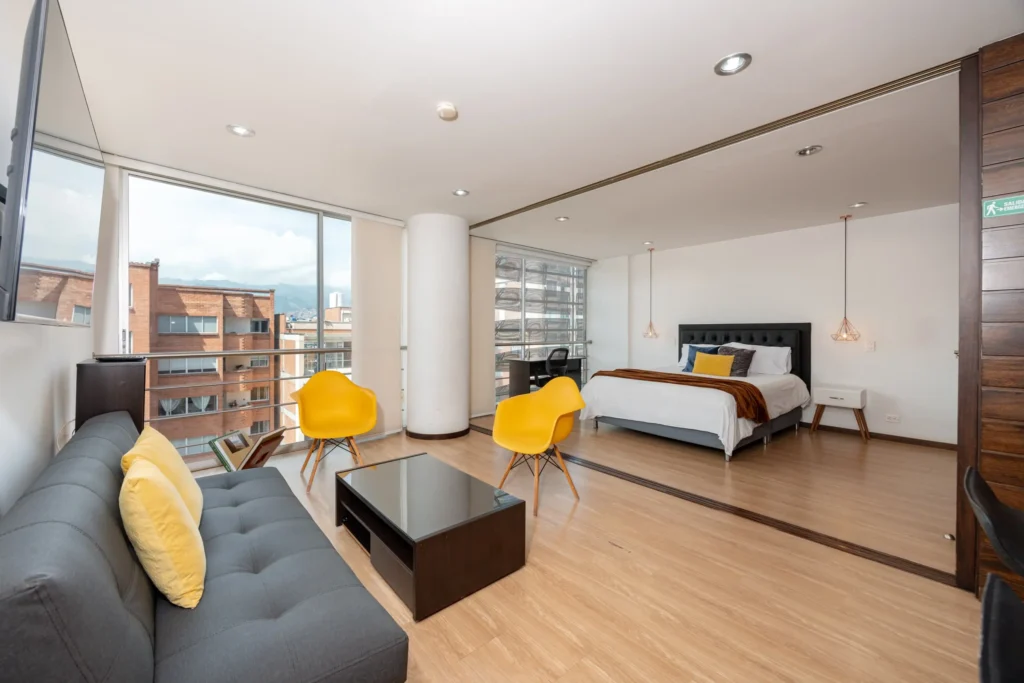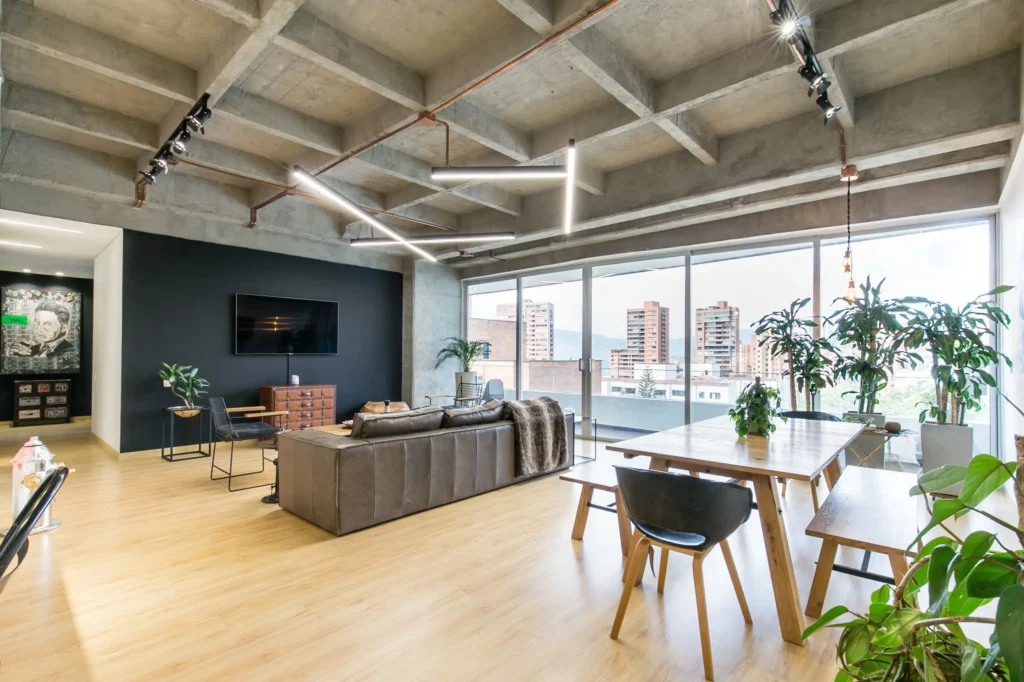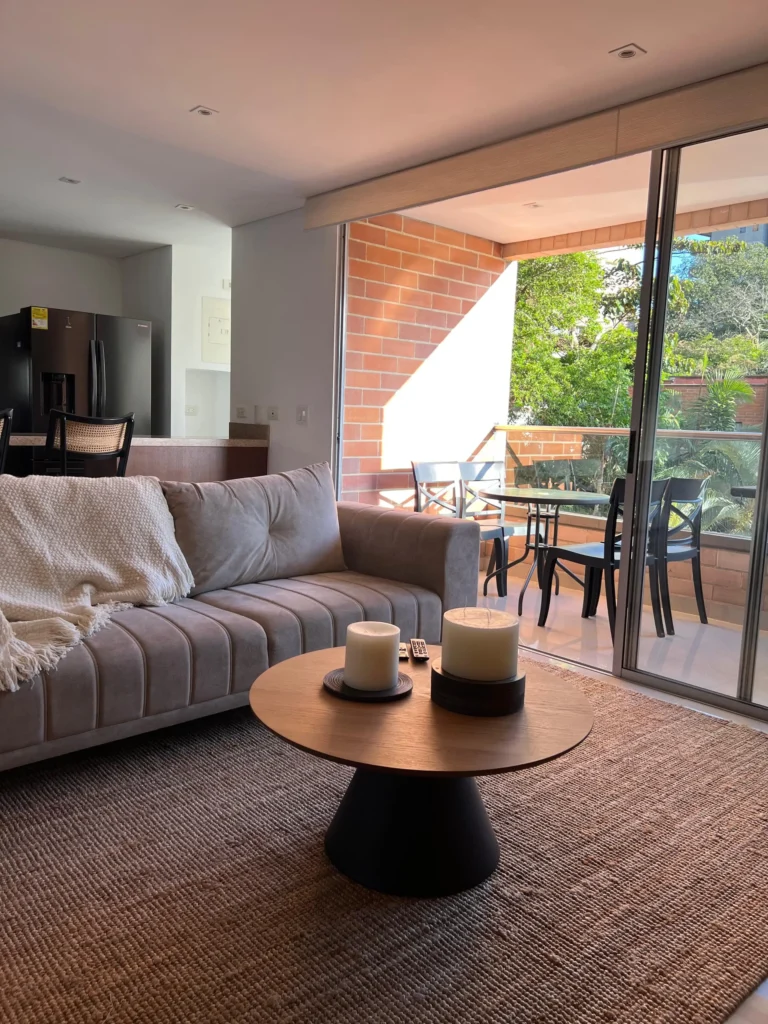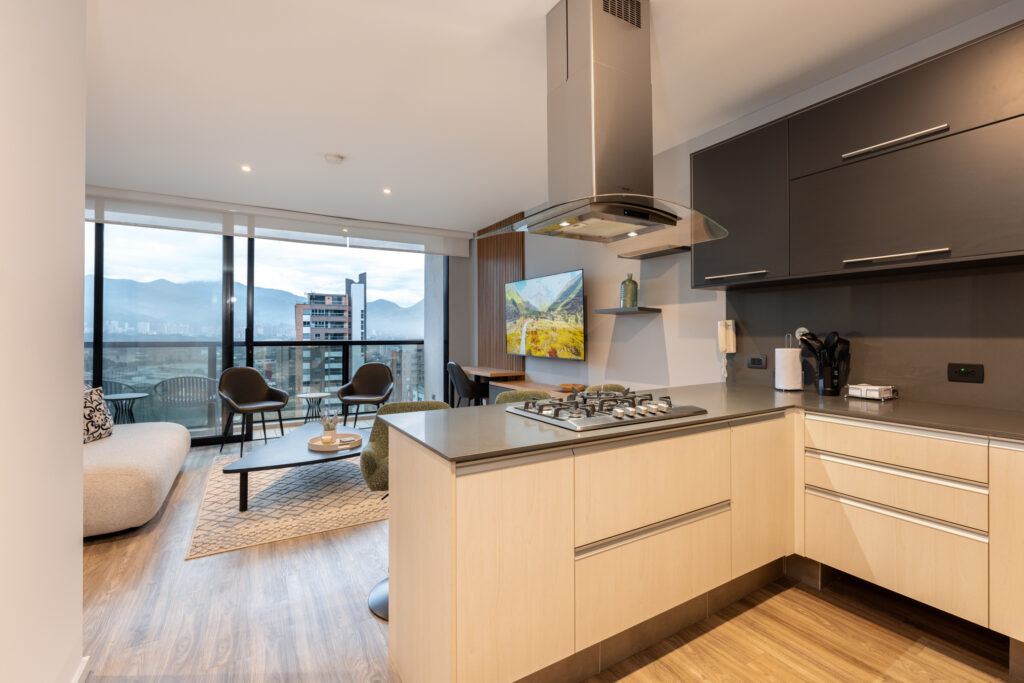TLDR? At the Marquee Hotel, you can participate in a coffee tasting experience to try different Colombian brews!
At the beautiful Marquee hotel, right beside the Parque Lleras, you can engage in a coffee tasting experience. I must admit I was not entirely sure what to expect when I first signed up for this. But, it was definitely something I’d recommend to visitors to the city.
Have I piqued your interest? Keep reading to learn all about what to expect from this experience!
What is the Coffee Tasting Experience?
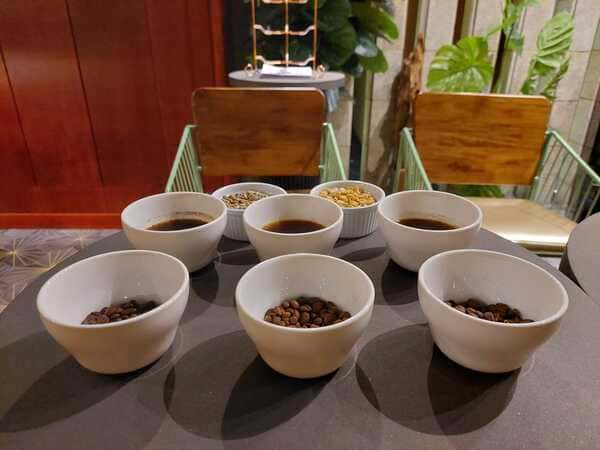
The coffee tasting experience is an informative and fun event you can enroll in at the Marquee Hotel. You don’t have to stay at the hotel to enjoy it, either, so that’s just one more reason to try it out!
The coffee tasting experience was invented to help elevate people’s opinions and ideas about coffee. It’s hosted by a guy named Javier, who is a coffee aficionado at the Marquee’s cafe. He explained to my boyfriend and me that coffee is very much like wine.
Similar to wine, coffee is aged and fermented. Based on the quality of the starting ingredients you can have a flavorful and fresh experience or a stale burnt experience. But, there’s a lot more to it than just that.
During your experience, Javier helps you get a more discerning tongue so that you can start tasting coffee like a pro!
A Quick Intro to Coffee
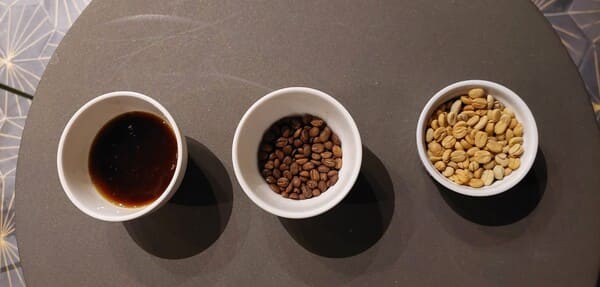
Before we start talking about the tasting experience, it helps to know a bit about coffee in general.
For those who don’t know, coffee is a fruit. It grows as a small reddish cherry on a small tree (it’s really more like a bush). This fruit is what ultimately makes up the coffee’s flavor profile. All throughout the development of the cherry, the seed (aka coffee “bean”) is in contact with this fruit.
The sugars and flavors of the fruit help create the semi-sweet citrus notes we taste in our coffee. The bean’s flavor really starts to develop during the growing and fermentation process.
There are three major fermentation/drying methods.
- Sun drying
- Mixed process
- Machine process
In wet regions such as Colombia, it is hard to rely solely on the sun drying method. In dry countries such as Ethiopia, sun drying is still very popular. This process creates a fresh, light, and fruity-tasting coffee many of us associate with African coffees.
In Colombia, the most popular method is the mixed method. This is where they remove the outer fruit but leave some of the fruit on the outside of the seed. They allow it to ferment for a few days, and they then machine dry the bean.
The machine helps combat the wet environment of the country. The other option, where they remove the fruit entirely and machine dry the bean, is the most popular all over the world. It creates the uniform experience we all associate with coffee. But, it also strips away much of the beautiful variety.
Now that you understand the basics of harvesting and fermentation, let’s move on to the experience!
What to Expect at the Marquee’s Coffee Tasting
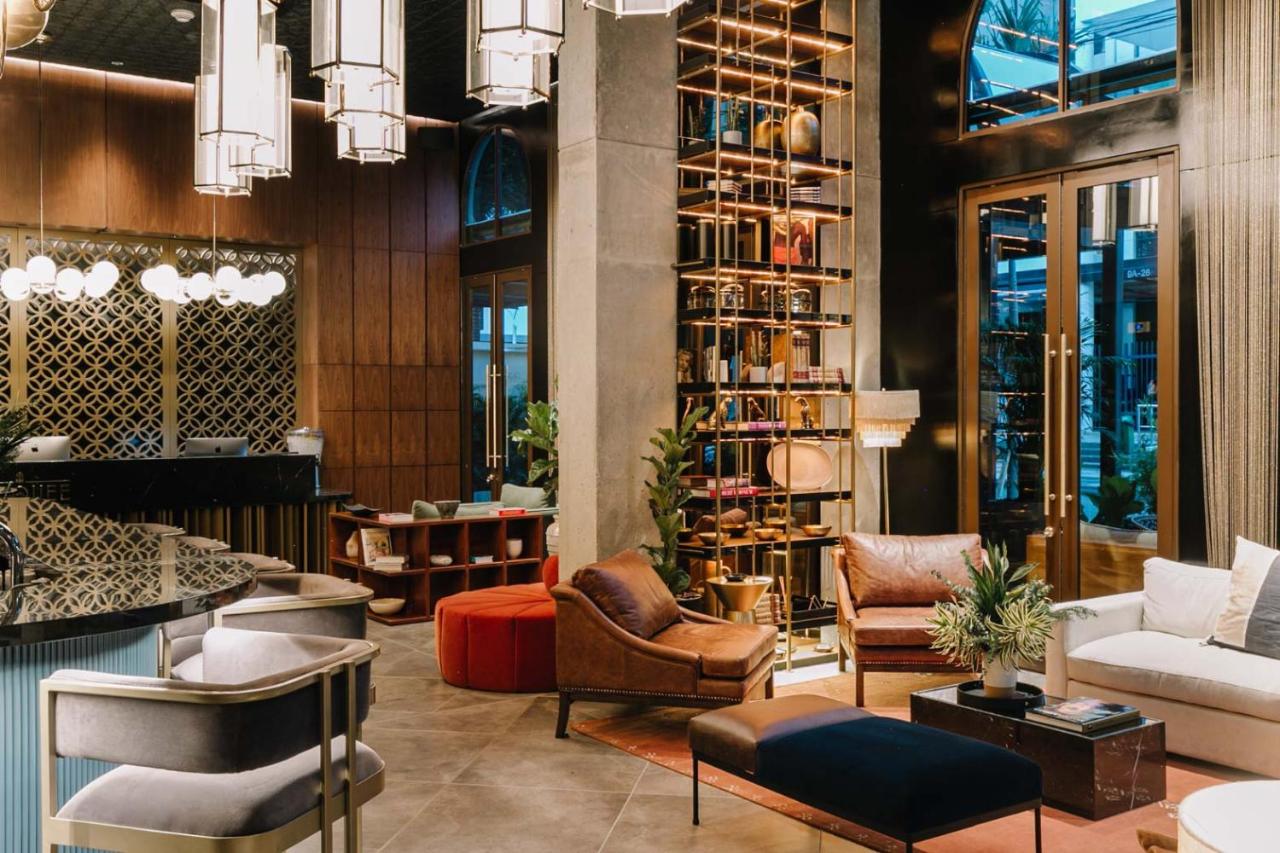
I’ll be honest; I went into this experience with a level of confidence that was not accurate. I was a barista (and a barista trainer) at a Starbucks in New Jersey. Having conducted a Starbucks-level taste testing, I thought I knew how this one would go.
However, this was totally different. This experience, unlike my Starbucks tasting, takes you through the entire coffee process. You’ll learn about everything, including growing, harvesting, fermenting, roasting, grinding, and brewing.
The good news is, if you go in with no prior experience, don’t panic. The event takes place in a private room of the Marquee. It looked similar to a nice bar but was designed for coffee.
Sometimes they hold this tasting on the rooftop. I can’t speak from experience, but from what our coffee teacher told us, it is a very lovely setting.
Either way, it’s cozy and private so you can have fun learning without feeling the pressure of prying eyes.
Part One: Viewing the Beans
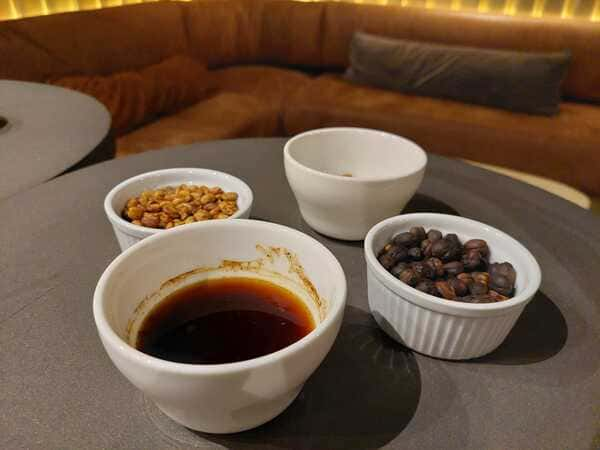
The first part of the event is the viewing. Javier placed several cups before us with various beans in different stages of fermentation and roasting.
In this stage of the class we were simply told a little bit about the process I explained above. The coffee bean is much lighter than a fully roasted bean.
Learning to properly view coffee beans was a hard one for me. Having spent a while at Starbucks I believed an oily bean was an indication of quality. I was wrong!
The oil indicates age—the more oily a bean is, the older it probably is. That’s because the oils seep out as it sits on the shelf.
Part Two: Smelling the Beans

Similar to the viewing portion of the experience, the smelling portion was unique. I remember after we tried the coffee I was surprised based on the scent.
The coffee I thought I’d love based on the scent I actually didn’t like. And the one I hated when I smelled it I ended up really enjoying.
People often complain that coffee smells better than it tastes. This is really only true if you don’t like the taste of coffee. But, the reason the scent is often different from the taste is rooted in the fermentation and roasting process.
Part Three: Grinding the Beans

The next portion of the experience is the grinding of the beans. It’s during this part that you start to smell the difference between the exterior of the bean and the interior.
The grinding process starts to draw out the natural oils of the flavor notes. It also helps to blend the citrus flavors with the chocolate tones many coffees have.
We ground up four samples, which were the same beans we’d been smelling this whole time. It was during this time that the one I singled out as my favorite was starting to smell stale.
Part 4: Coffee Extraction and Initial Smell
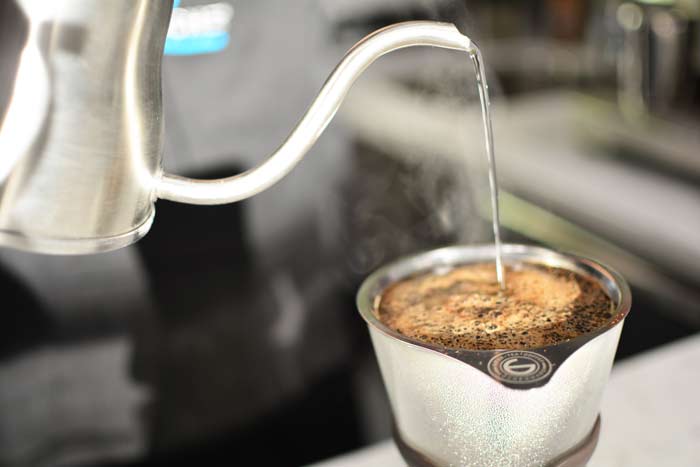
Next, Javier poured boiled water over the coffee grinds.
The process involves taking a small teaspoon and brushing it gently over the surface. I noticed the one I thought was a good Italian blend did not have any oils on top and the grounds all sunk to the bottom.
Meanwhile, the other two I thought were weak, had a lovely oily coating and plenty of fatty grounds flavoring on top. I learned that this was one of the key indicators of quality in a bean.
I also noticed that the first two, which I initially felt were old and dry, started to smell fresh and flavorful. Meanwhile, the one I felt would be a great Italian blend smelled old and stale.
Part 5: Tasting the Sample
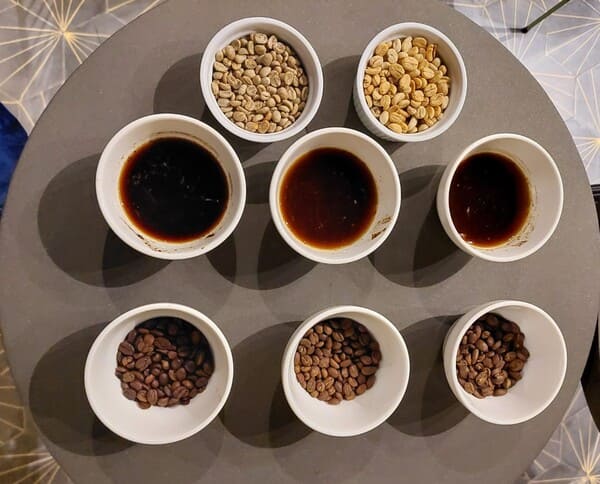
Finally, we have the tasting experience! This is one of the best parts of the event, in my opinion.
Again, you take your little teaspoons and start to brush aside the coffee grinds on the surface. When you brush these aside you will be able to access the coffee and scoop it onto your teaspoon.
I really felt like this would not be a pleasant experience. I felt certain the grinds would get on my spoon and create a very chewy experience. Luckily, this was not the case.
The first part of the tasting experience requires you to slurp it rather loudly off of the spoon. This helps enable all aspects of your tasting system, including your nose, to be engaged. This allows you to taste all aspects of the flavor profile.
After this, you would simply drink it normally off the spoon. This gives a more balanced and regular experience that is not as intense as the first slurp.
What is True High-Quality Coffee?
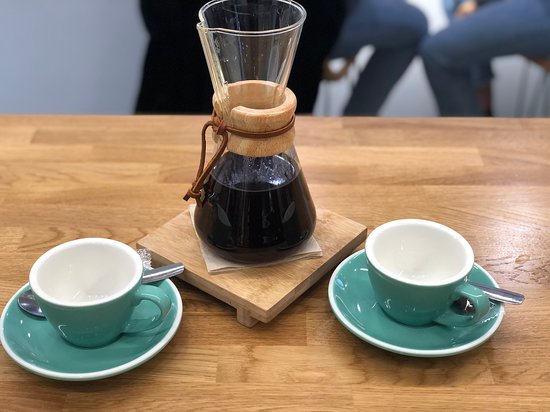
One of the key indicators of high-quality coffee is the amount of “covering up” that’s involved. I know most “true coffee drinkers” in the states believe that their hot drip coffee with light sugar and cream is “real coffee”.
But, these are all levels of masking. Just like a white mocha is masking the burnt taste of over-roasted, poor-quality espresso, so too are your milk and sugar.
As Javier pointed out, you can like your coffee however you enjoy it. But, quality is an objective fact. If you enjoy a wine that is diluted and painted with sugar no one would say you like fine wines. It’s the same with coffee.
Why is Most Coffee Burnt?
In reality, the flavor we all know and love is not the true flavor of the coffee. If you travel anywhere throughout the United States you won’t be disappointed in the predicted flavor. Generally, people expect to receive dark, intense, and bitter liquid in a cup.
This is because you are dealing with low-quality beans. As a result, you just burn it so the flavor always tastes familiar. And then we all cover up this burnt flavor with cream and sugar. As Javier said, there is no issue if this is the flavor you like. But, you can’t argue that this is quality.
Enjoy Your Experience at The Marquee
The experience with Javier gave me a lot to think about and really showed me a new side of the world of coffee. I truly urge you to come to the Marquee and experience it for yourself!
If you like this blog you might like the Casacol Instagram page to keep up with all the new articles or sign up for the monthly newsletter at the bottom of this page. Anything we need to update or correct? Care to contribute? Email us blog@casacol.co.

